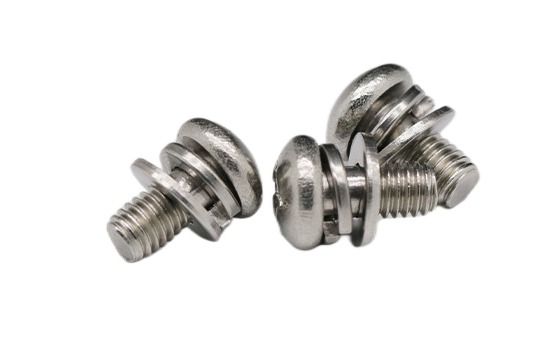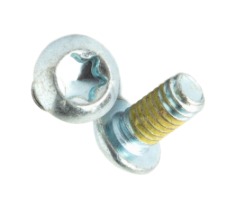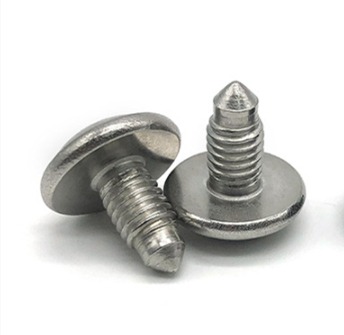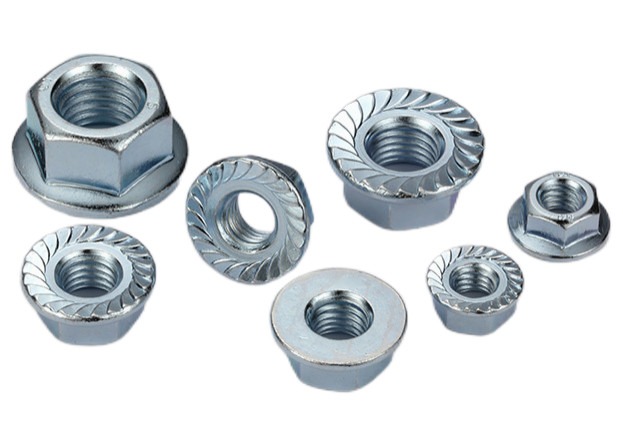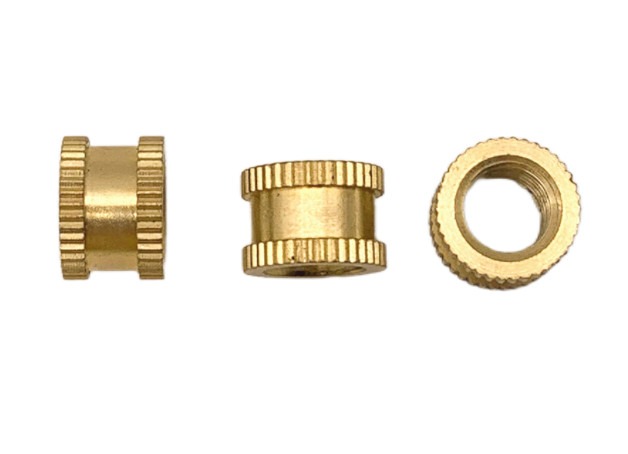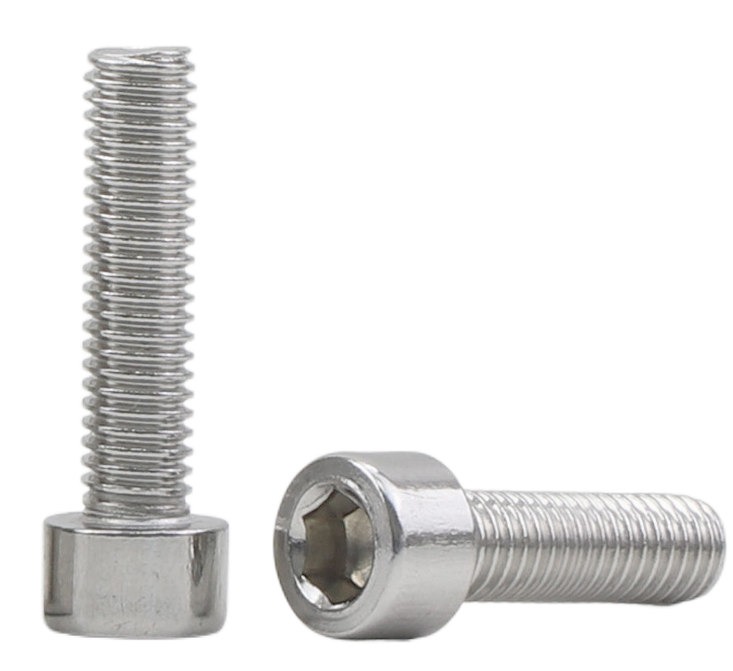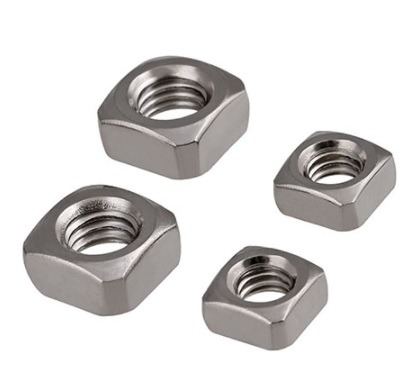What are Hexagon Nuts – Characteristics and Uses
Hexagon nuts, also called hex nuts, is one of the common types of nuts which are are widely used in, such as the automobile industry (cars, trucks, buses, etc.), construction machinery, wind power equipment and other industries. Hexagon nuts, screws, bolts, and screws are used together to connect and fasten the machine parts. So, what are the characteristics and uses of hex nuts?
Characteristics and Uses of Ordinary Hexagon Nut
- Ordinary hexagon nut-the most widely used, used on machines, equipment, or structures with relatively rough surfaces and no precision requirements. It is one of the most common fasteners in general.
What are the characteristics of an ordinary hexagon nut?
It is characterized by a relatively large tightening force, the disadvantage is that there should be enough operating space during installation, installation can use a live wrench, open wrench, or glass wrench, the above wrench needs a lot of operating space.
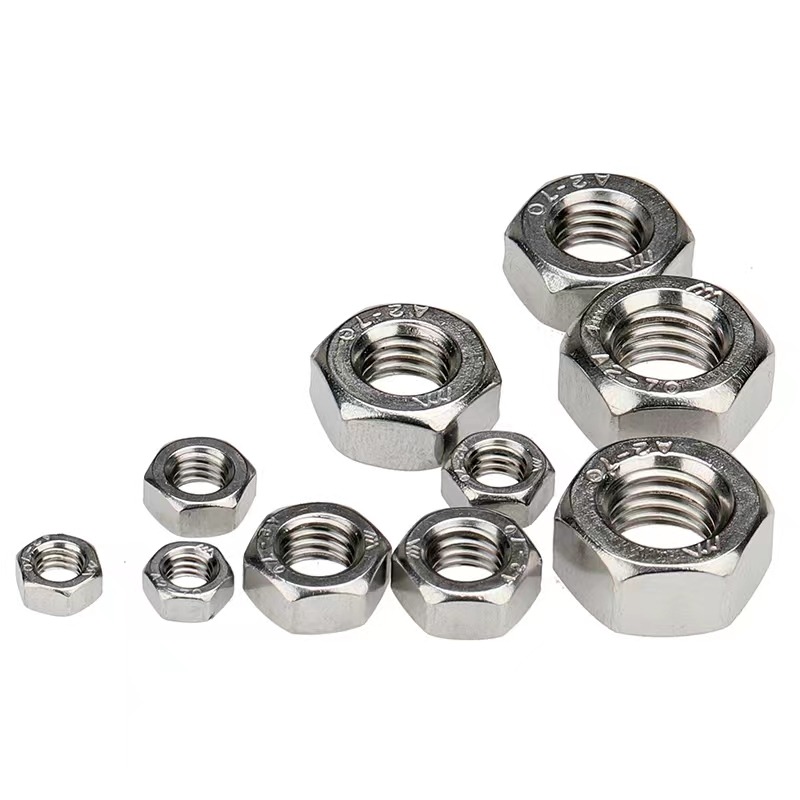
Characteristics and Uses of Cylindrical Inner Head Hexagon Nut
- Cylindrical Inner head hexagon nut– is the most widely used of all screws and is used for machines, equipment, or structures with relatively smooth surfaces and requirements for precision.
What are the characteristics of a cylindrical Inner head hexagon nut?
Because it has a relatively large tightening force, it can be operated with an Allen wrench, and it is very convenient to install. It is used in almost all kinds of structures, and its appearance is more beautiful and neat. The disadvantage is that the tightening force is slightly lower than the outer hexagon, and the inner hexagon is easily damaged due to repeated use and cannot be disassembled.
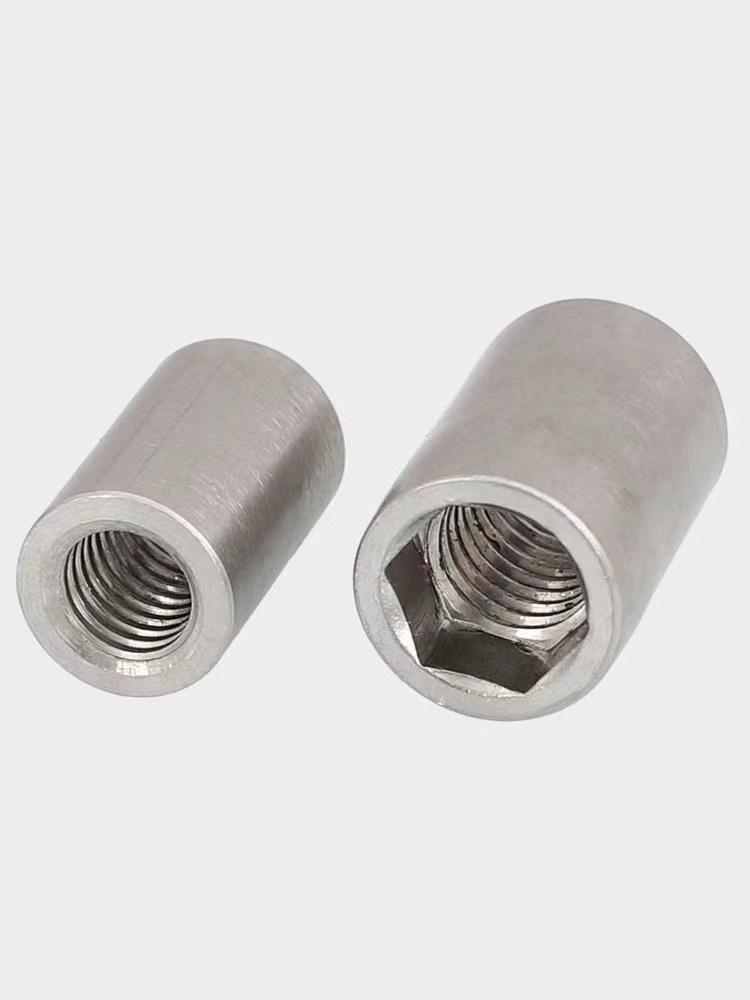
Characteristics and Uses of Pan Head Inner Hexagons
- Pan head inner hexagons-rarely used in machinery, and mechanical properties are the same as the above, mostly used in furniture, the main role is to increase the contact surface with wooden materials and increase the appearance of ornamental.
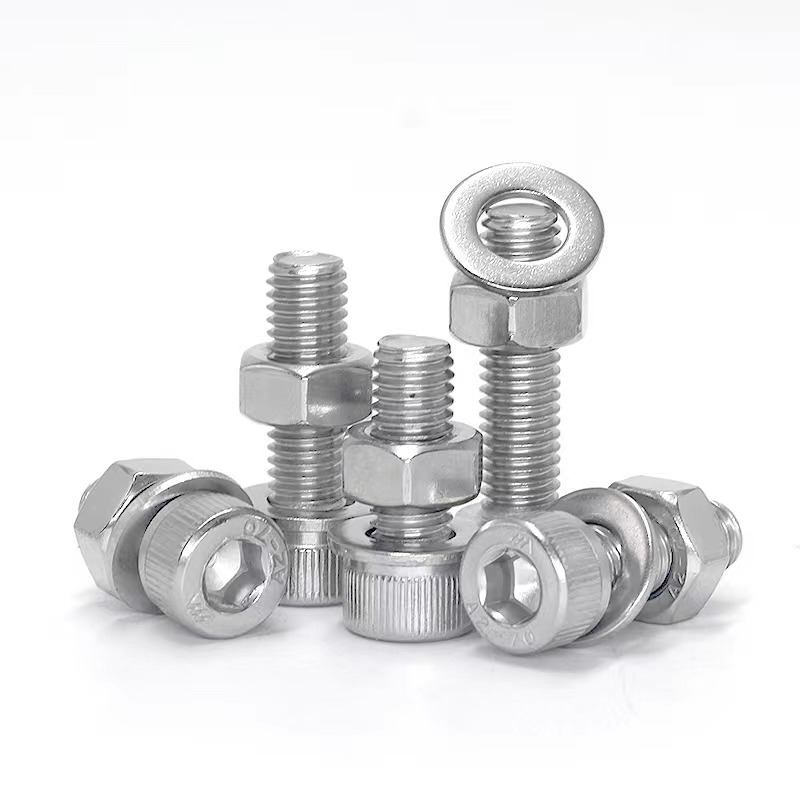
Characteristics and Uses of Headless Hexagon Nut
- Headless hexagon nut-must be used in some structures, such as the top wire structure that requires a lot of jacking force, or the place where the cylindrical head needs to be hidden.
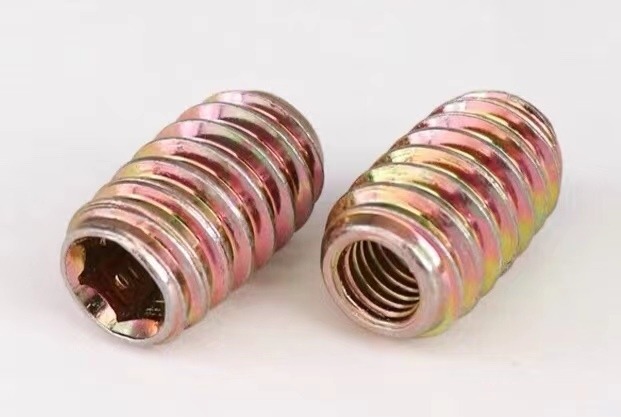
Characteristics and Uses of Countersunk Head Hexagon Nut
- Countersunk head hexagon nut-mostly used in power machinery, the main role is the same as the hexagon.
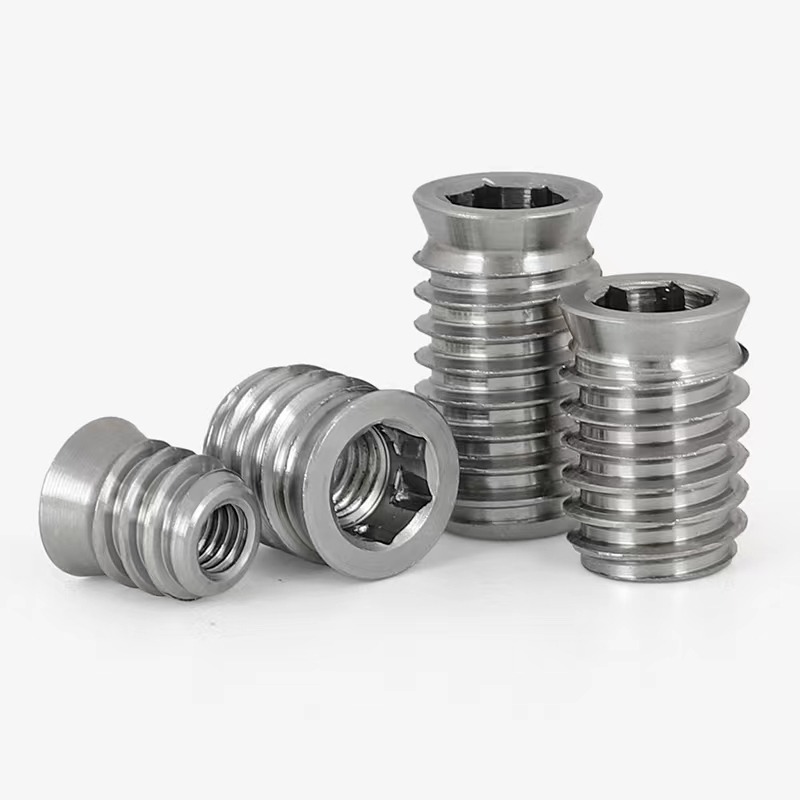
Characteristics and Uses of Nylon Lock Hexagon Nut
- Nylon lock nut-A nylon apron is embedded in the hexagonal surface to prevent the thread from loosening, and it is used on strong power machinery.
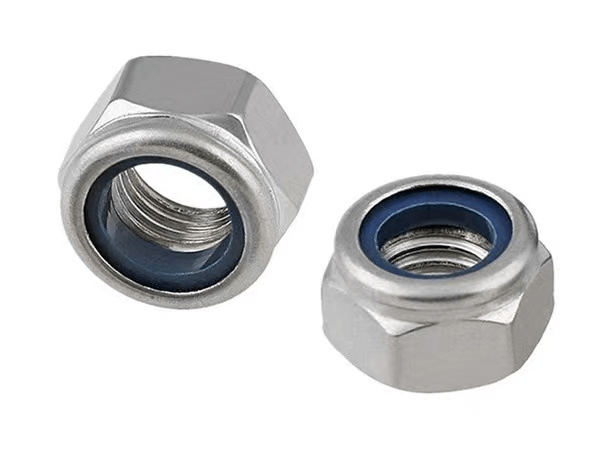
- Flange nut-also known as with pad nut, tooth nut, hexagon flange nut, flange nut, etc., is widely used in power, communication, transportation, and other fields.
What are the characteristics of a hexagon flange nut?
The advantage is that compared with the ordinary hexagonal nut, the gasket and the nut are integrated, and there are anti-slip tooth patterns on the bottom, which increases the surface area of the nut and the workpiece contact, which is firmer and has a greater pulling force.
The disadvantage is that it is restricted by the workpiece, and the flange nut specification is less than that of the nut. Moreover, the flange nuts are small in size, and irregular in shape, and some require threaded fit.
The surface treatment is mostly cold galvanizing, and there are some obvious defects in the hot-dip galvanizing process, such as difficulty in screwing the threads after plating and reducing the mechanical strength of high-strength flange nuts.
Flange nuts mainly play the role of increasing the contact surface with the workpiece, and are mostly used in pipeline connections or workpieces that need to increase the contact surface of the nut.
Summary
In addition to producing various types of nuts, KENENG also produces fasteners such as screws, bolts, washers, and rivets. As a fastener manufacturing expert, KENENG can not only provide high-volume standard-size off-the-shelf products but also customize them according to your specific needs. Please contact KENENG for the latest quotation.

